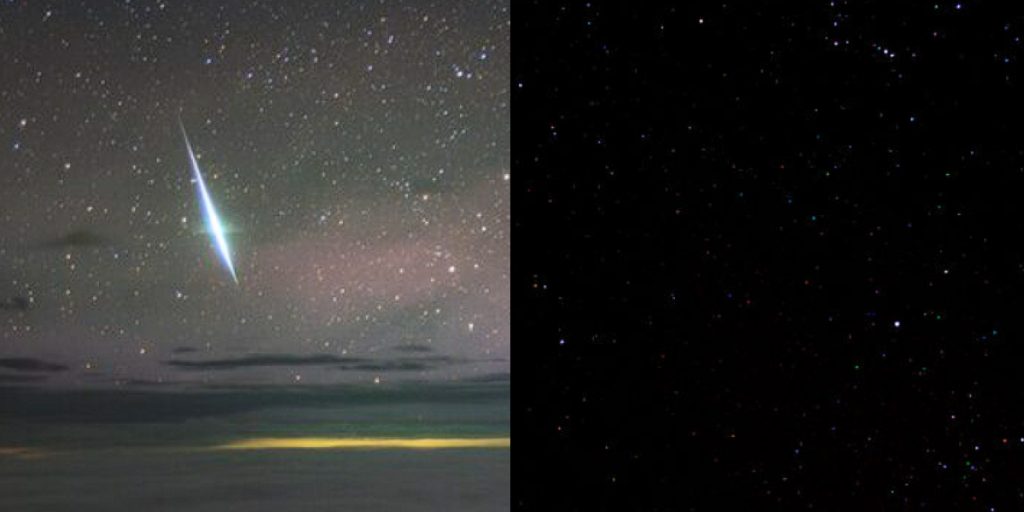A Cosmic Finale to 2023 and you can see it.
Others are reading now
The Geminids meteor shower, currently underway, is set to culminate the year 2023 with one of the most spectacular stargazing events. Renowned among seasoned astronomers, this annual celestial display is often hailed as the strongest and most reliable meteor shower of the year. NASA reports that under ideal conditions, it can produce bright, fast, and frequently vividly colored meteors at a rate of up to 120 per hour.
According to Mlive, this year’s Geminids began on November 19 and are anticipated to intensify leading up to their peak. This peak is expected to occur overnight between December 13 and 14, according to the American Meteor Society. Post-peak, the shower’s intensity will gradually diminish until it concludes on December 24.
A key feature setting this year’s Geminids apart is the moon’s phase during the peak night. With only 1 percent of the moon illuminated, stargazers can expect exceptionally dark skies, creating optimal conditions for observing this astronomical spectacle.
Also read
Geminids, commonly referred to as “shooting stars,” are streaks of light in the sky resulting from meteoroids, which are fragments of asteroids or comets, entering Earth’s atmosphere. The Geminids, however, originate from an intriguing space object that blurs the line between comet and asteroid, possibly a hybrid of the two. This enigmatic space rock, named 3200 Phaethon, has a 1.4-year orbit bringing it perilously close to the sun. It’s named after the mythological chariot driver for Helios, the Greek god of the sun.
The Geminids appear to radiate from the constellation Gemini, the Twins, hence their name, but they can be visible across the night sky.
Viewing Tips
NASA regards the Geminids as one of the prime opportunities for young and amateur skywatchers to observe meteors, as the shower becomes visible around 9 or 10 p.m. For those hoping to catch the highest number of meteors per hour, the best time to look up is around 2 a.m., as suggested by the astronomy website EarthSky.
To maximize the viewing experience, it’s recommended to find a location with clear, dark skies, away from urban light pollution. Essential preparations include dressing warmly, bringing a sleeping bag or blanket, and allowing your eyes approximately 20-30 minutes to adjust to the darkness. After this adjustment period, the meteors should become increasingly visible.
Marking the last major meteor shower of 2023, the Geminids offer a fitting end to a late-fall stargazing season that included other meteor showers like October’s Orionids and November’s Taurids and Leonids. The year will conclude with the Ursids, a quieter meteor shower, active from December 13 to 24.


